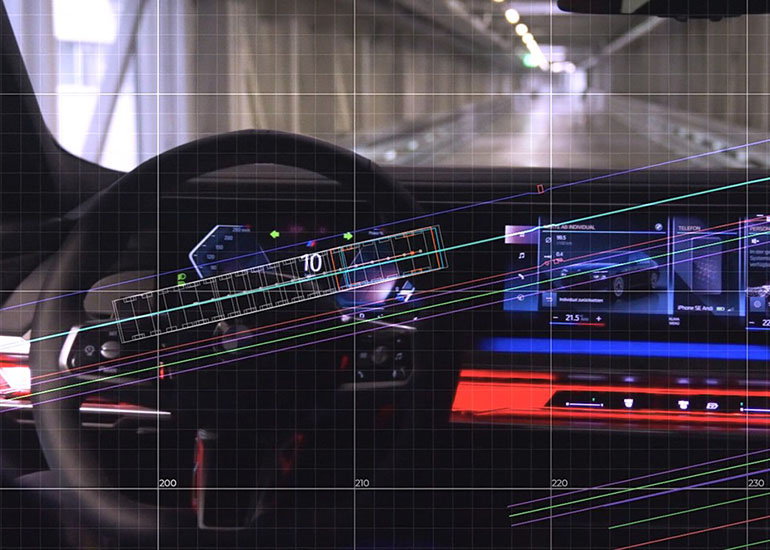|
Listen to this article  |

Seoul Robotics is working to automate driving by outfitting the car’s environment with sensors. | Source: NVIDIA
While there are many companies working to find a path to Level 5 autonomy for cars, the vast majority are taking very similar approaches. Typically, when making an autonomous vehicle, you would outfit a car with cameras, radar, LiDAR, and other sensors to help it understand the world around it.
Seoul Robotics, a Korea-based software company and NVIDIA Metropolis member, is takings its own path to fully self-driving cars by outfitting the car’s environment with sensors instead of individual cars.
The company’s system takes advantage of technology that comes standard in most modern cars, vehicle-to-everything or V2X communication systems. These systems pass information from a vehicle to infrastructure, other vehicles, or any other surrounding entities, and vice versa.
Seoul Robotics’ platform, Level 5 Control Tower or LV5 CTRL TWR, is a mesh network of sensors and computers that are placed on infrastructure to create an unobstructed view of the environment a car will be operating in.
“No matter how smart a vehicle is, if another car is coming from around a corner, for example, it won’t be able to see it, “Jerone Floor, vice president of product and solutions at Seoul Robotics, said. “LV5 CTRL TWR provides vehicles with the last bits of information gathered from having a holistic view of the environment, so they’re never ‘blind.’”
LV5 CTRL TWR collects 3D data from the environment with cameras and LiDAR, then it uses computer vision and deep learning-based AI to analyze that data and determine the safest paths for vehicles. Next, the system communicates with the car through V2X, and uses a car’s existing features, like adaptive cruise controls or brake assist functions, to get it where it needs to go. The system can achieve a positioning accuracy for its cars of plus or minus 4 cm.
While the company sees more applications for its technology in the future, Seoul Robotics is currently focused on automated first- and last-mile logistics, such as parking. LV5 CTRL TWR is in early commercial deployment at a BMW manufacturing facility in Munich.
There, LV5 CTRL TWR automates the movement of cars between locations once they’re manufactured, from electrical repair stations to parking lots for test driving and more. From the moment a car is manufactured, to the moment it’s delivered to a customer, it moves through an average of seven parking lots.
The Seoul Robotics team uses NVIDIA CUDA libraries to help render large amounts of data from 3D sensors in real-time, and accelerate training for its deep learning models.
“From the beginning, we knew we needed deep learning in the system in order to achieve the really high performance required to reach safety goals — and for that, we needed GPU acceleration,” Floor said. “So, we designed the system from the ground up based on NVIDIA GPUs and CUDA.”
The company also utilized NVIDIA’s Jetson AGX Orin for edge AI, which the company received early access to as a Metropolis member.
Seoul Robotics won a 2022 RBR50 Robotics Innovation Award for its LV5 CTRL TWR from our sister publication Robotics Business Review.
Credit: Source link


Comments are closed.